IDAHO BIGHORN DRAW ODDS – NOT WHAT THEY SEEM
The application deadline for Idaho Rocky Mountain bighorn sheep and California bighorn is coming up Thursday, April 30.
Thousands of hunters salivate at the prospects of drawing a bighorn sheep tag in the Lower 48, realizing that a sheep hunt anywhere else – Mexico, Alberta, Alaska, the Yukon or NW Territories runs $14,000 – $25,000, plus thousands more for air fare, charter plane (usually), taxidermy and tips to guides, wranglers, cooks, etc.
So, Idaho has a straight-up random draw and the online odds look great, some as high as 1 in 7! I’m not kidding. That sounds exciting. No preference points, no bonus points. Wow! Sign me up – quick!
But, when something sounds too good to be true…
Here’s the scoop – and it’s the same ol’ story. Great for residents, not so great for nonresidents.
Yes, if you want to try for a Unit 26 early season sheep hunt deep in the Frank Church Wilderness where harvest success consistently runs just 25% for tight-curled rams you will find that last year only 29 hunters applied for 4 tags. That’s about 1 in 7 odds. Terrific!
Well, not if you’re a nonresident. You see, there’s this little thing called the nonresident tag cap.
In Idaho last year, there were 66 total sheep tags. By law, a maximum of 10% can go to nonresidents. That’s 6 total tags for 1,064 nonresident applicants, which comes out to odds of 0.0056 (6/1,064). That’s about 1 in 177, well under 1%.
It gets worse. After getting past the nonresident cap you still have to beat the 1 in 7 odds on that hunt, which is for good reason the easiest to draw in the state by far.
So multiply the 0.0056 nonresident cap odds X the 0.138 odds for Unit 26, Hunt 5006 and you get 0.0008, or 1 in 1,284. Those are close to your TRUE nonresident odds (ideally, you should adjust for other nonresidents who applied for that hunt). It’s close enough.
Idaho residents get a 1 in 7 chance and nonresidents 1 in 1,284 and much worse. Other sheep hunts can be almost 20 times harder to draw. Well, buy me a lottery ticket.
What’s worse is that guys that haven’t figured this out spend over $2,000 upfront to apply and then maybe don’t have enough money to put toward a hunt on another species with much better odds. Then, expecting a 1 in 7 chance to draw a bighorn tag, they wait anxiously for the draw results when their true odds are slightly worse than a high school senior football player eventually being drafted in the NFL.
It’s not that Idaho is trying to be deceptive. The info is all there, you just have to think about it and do the math. Sure, four guys will draw that tag (4 residents, probably). Just realize what you’re up against when you lay your money down.
- Dave Hoshour
 Eastmans' Official Blog | Mule Deer, Antelope, Elk Hunting and Bowhunting Magazine | Eastmans' Hunting Journals
Eastmans' Official Blog | Mule Deer, Antelope, Elk Hunting and Bowhunting Magazine | Eastmans' Hunting Journals
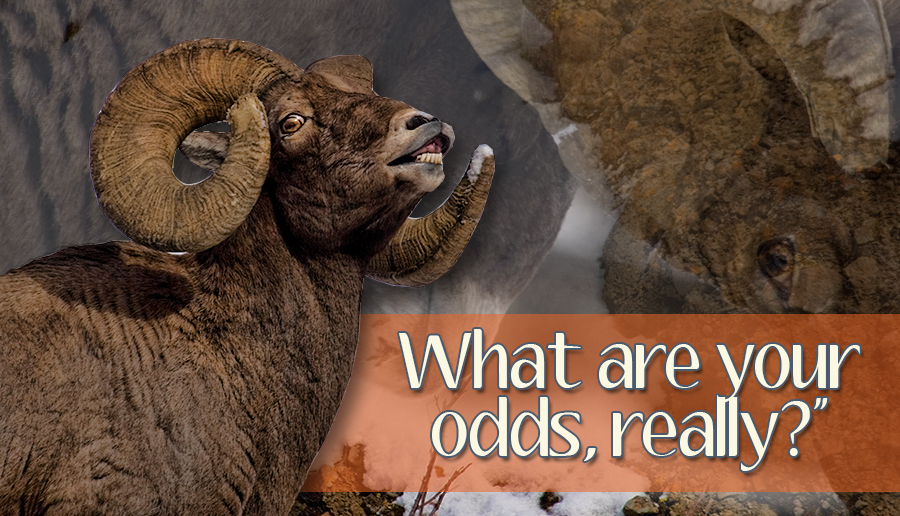
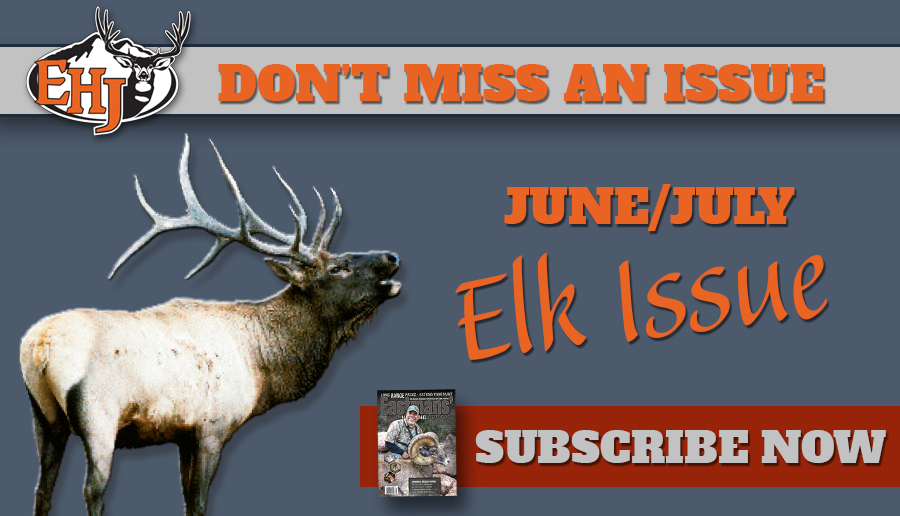


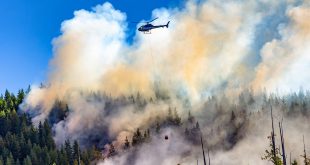
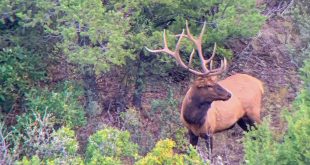
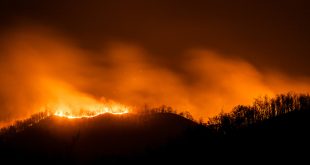
You could say the same thing about the NR odds in Montana for sheep! I see no way to financially justify applications in MT for sheep, moose, and goat anymore–especially since they raised the out of pocket application fees to $70 per species.
I agree Gale – after crunching the numbers I’m getting out of the sheep points game in Montana.
I’m a resident of Montana & I’ve been putting in for sheep now 25 years & haven’t yet drawn a tag !!!! The bonus points system is a joke its just designed to make the state money !! I don’t know how a nonresident could ever draw a tag.
you gotta get real lucky, don’t give up…. I drew 7 years ago as a non resident and was rewarded witha B&C ram.
I have always questioned the whole “odds” premis behind the controlled hunt tags. People always say that you have this or that odds,but fail to realize that those “odds” get worse for every tag that is drawn. You have 100 sportsman vying for 10 tags,they pull one name,now it’s 99 for 9,98 for 8,97 for 7 until you have 1 tag remaining and there is 91 people still in the hat for 1 tag. You really only have the advertised “odds” on the first tag given out. This is how I see it in my head. Unless they press a button and pull all the names at once.
Brad– In the scenario you are describing, each draw would be a unique event for a unique tag. In your example there were ten tags available and 100 applicants. So the first draw is 100 people vying for the first tag, then it is the 99 remaining vying for the second tag, then 98 left for the 3rd and on and on. So actually your odds would get slightly better as it goes along. In math they call this situation a “combination without replacement”